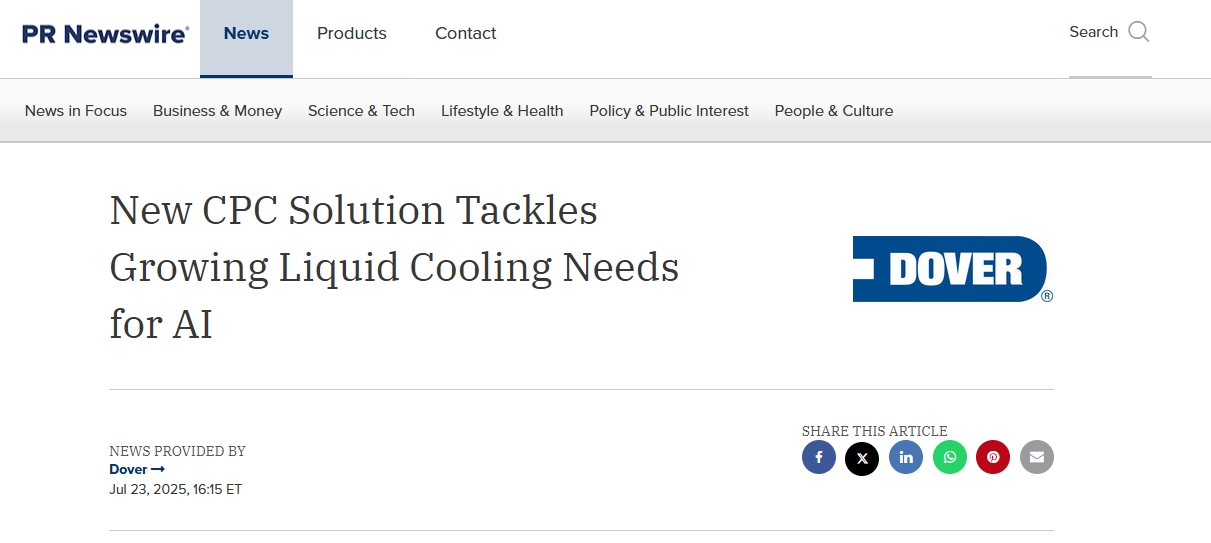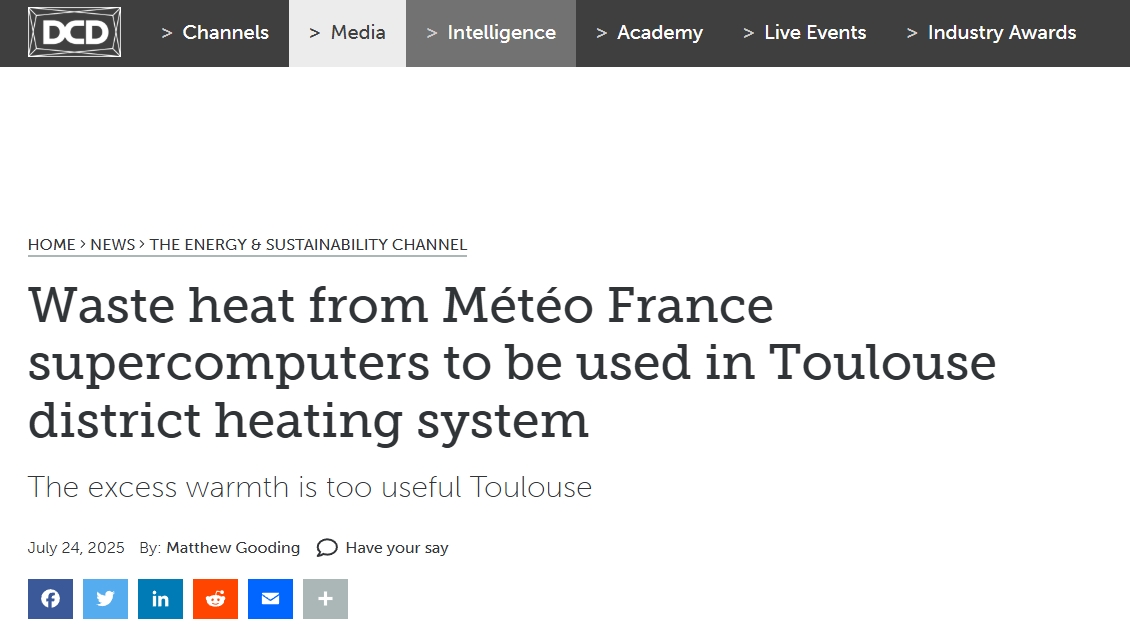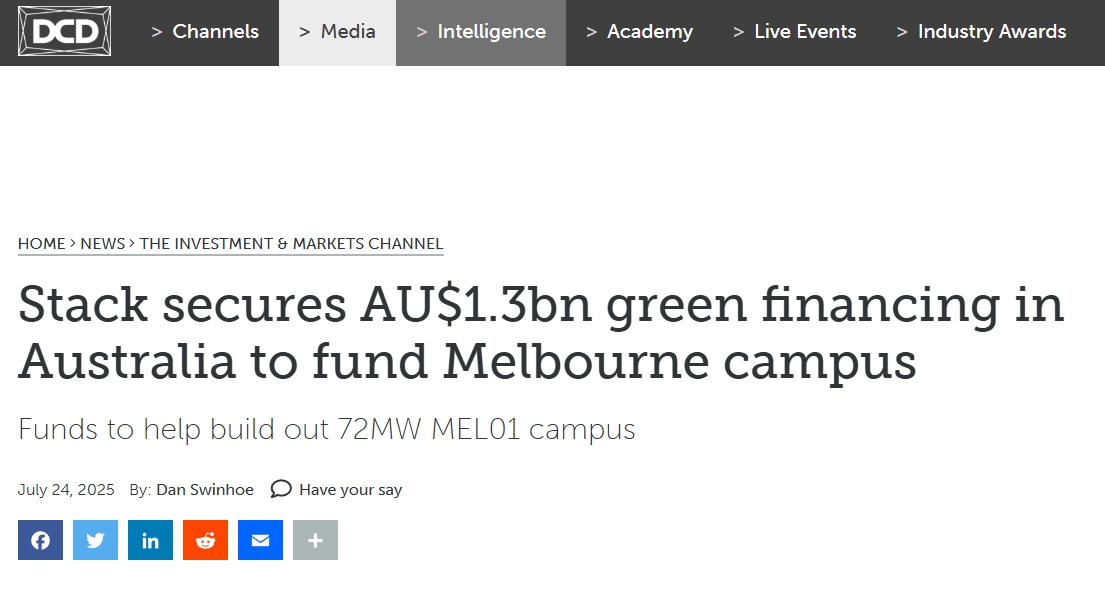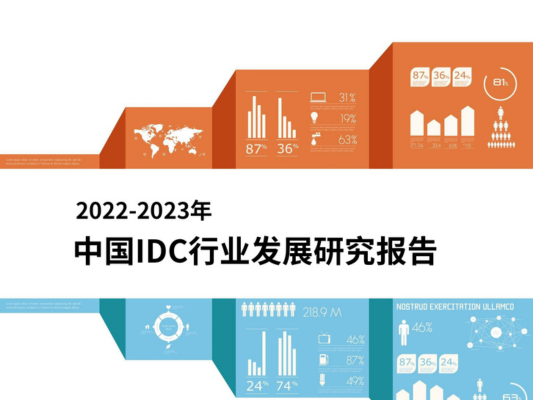Claims increase is "modest" compared to soaring energy demand
New data center builds have contributed to a 23.4 percent increase in Microsoft's carbon emissions since 2020, according to the company's 2025 Environmental Sustainability Report.
The report revealed that while the company made notable strides in renewable and carbon removal investments, emissions are on the rise, primarily due to new data center builds to accommodate the company's investments in AI systems.
Microsoft attributed the increase to “growth-related factors such as AI and cloud expansion," but described the increase as "modest" compared to the 168 percent increase in energy use and 71 percent increase in revenue the company registered over the same period.
To combat the increase, the report said the company "continues to work to scale carbon-free electricity markets across our supply chain and invest to decarbonize need-to-abate sectors, including steel, concrete, and other building materials used in our data centers, as well as fuels."
The majority of the emissions were Scope 3, representing more than 97 percent. Scope 3 accounts for emissions outside of a company’s direct control, and are usually associated with transportation, raw material procurement, and goods and services. For Microsoft, its Scope 3 profile is dominated by capital goods and purchased goods and services, representing upwards of three-quarters of its total emissions.
While emissions have increased, Microsoft has continued to contract significant renewable capacity to decarbonize its portfolio. The hyperscaler contracted a total of 19GW of new renewable power in 2024, across 16 countries, through long-term Power Purchase Agreements (PPA). The PPAs included several in Ireland, continental Europe, and across the US market. In total, the company’s green energy portfolio now stands at 34GW of overall capacity.
Despite this, the company noted it had experienced some struggles in procuring green energy close to its data center portfolio, especially in regions with a constrained grid.
Microsoft also noted progress in energy efficiency measures across its data center footprint. The report highlighted the use of low-power server states, which can lower energy usage on unallocated servers by up to 35 percent. According to the company, the initiative has been expanded from thousands of servers in 2022 to nearly two million by the end of 2024.
The company also reaffirmed its position as the largest corporate purchaser of carbon removal.
In 2024, Microsoft purchased almost 22 million tons of removal credits, more than in all the previous years so far. The company prides itself on being technologically agnostic when it comes to removal technologies, and as a result, has invested across the sector. Notable purchases included from reforestation firms, Direct Air Capture companies, and Enhanced Rock Weathering projects.
Microsoft continues to be one of the leaders within the sector in decarbonizing its value chain. However, with its 2030 goal of removing more carbon pollution than it generates edging ever closer, the company will have to double down on efforts to cut emissions while maintaining momentum on carbon removal purchases.
A crucial factor will be the decarbonization of the construction of its data centers. The report noted progress on this, with the launch of Microsoft's first data centers constructed using mass timber in a hybrid construction model. The model, the company claims, reduces the carbon footprint of data center construction by 65 percent compared to precast concrete.
The company also noted investments in low-carbon material firms such as Stegra, which is developing near-zero-carbon steel products, a crucial factor in supporting the decarbonization of data center construction.
In addition, Microsoft reiterated its goal to achieve greater water use efficiency in its data centers, including “through a new innovative datacenter design that optimizes AI workloads and consumes zero water for cooling to avoid the use of an estimated 125,000 cubic meters annually per facility.”








